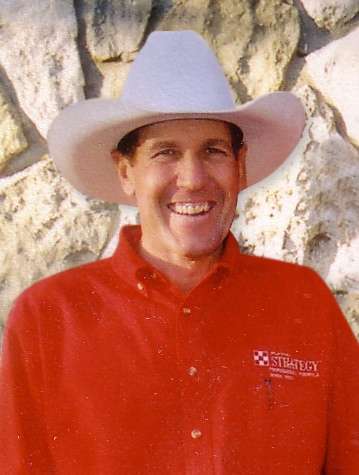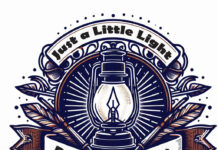Colic is a serious and potentially fatal condition that should be treated as an emergency, according to Tony Hawkins, veterinarian at Valley Vet Supply in Marysville.
The good news is that most cases of colic resolve with on-farm medical management.
It is important for horse owners to understand what colic is, what signs to watch for, and what to do during a colic episode.
Colic is a term used to describe a symptom of abdominal belly pain, which in horses is usually caused by problems in the gastrointestinal tract.
There are more than 70 different types of intestinal problems that cause colic symptoms, which range from mild to severe, even life-threatening in nature.
The signs depend on the severity of the pain and can range from mild to severe.
Signs of colic in horses include loss of appetite, restlessness and pawing at the ground. looking or kicking at the stomach, being unable to pass droppings, gurgling sounds from the stomach, sweating. increased breathing rate and stretching as if to urinate.
It is important to measure the horse’s vital signs whenever suspicious of an illness.
If the horse is excited or if it is hot, its heart rate and respiratory rate can be slightly elevated.
Otherwise, a horse’s vital signs should be within normal parameters:
Respiratory rate: 10-24 breaths per minute.
Heart rate: 28-44 beats per minute; an inexpensive stethoscope can be used to measure heart rate.
Temperature: 99-101.5 degrees Fahrenheit.
Horse’s gums should be moist and pink.
Horses can experience different types of colic.
Gas colic is usually mild to moderate and typically responds well to on-farm medical management. This is often caused by excess gas production in response to dietary changes or grain consumption.
Impaction colic is usually mild to moderate and generally also responds well to on-farm medical management. It is caused by feedstuffs that are unable to easily pass through a part of the gut, leading to accumulation of more feed and compaction into a firm and large fecal ball.
Impaction colic is typically caused by coarse or poorly chewed roughage, ingestion of sand, dehydration, or poor water intake, and decreased gut motility.
Each colic is unique, requiring balance of the factors involved in the horse’s care, feeding, and activity.
Many types of colic aren’t preventable, but there are some simple steps to ensure your horse is at the lowest possible risk for colic.
Always have fresh, clean water because research shows horses without water for one to two hours had increased risk of colic. When traveling on longer trips, stop to let the horses’ drink.
Horses with access to two to three different pastures in the previous month had lower colic risk than horses without pasture access.
Horses may eat enough sand to bother their gut or affect motility.
Feed grain and pelleted feeds only when needed. For every one-pound increase in whole grain or corn fed, colic risk increases 70 percent, compared to horses fed 100 percent hay.
Pelleted feeds led to a 6 to 9.5 times increased colic risk and sweet feeds led to a 4 to 7.5 times increased colic risk.
Watch horses carefully for colic following changes in exercise, stabling, or diet.
Float the horse’s teeth every six months. Routine floating ensures your horse chews its feedstuff properly and thoroughly.
Horses on a daily or regular worming program are less likely to colic.
Horses that had colic previously have a higher risk of colic, and early treatment is important.
Treating with bute phenylbutazone can make horses prone to some types of colic and can hide early signs of colic, so avoid using large amounts or long-term use.
The risk of colic can be reduced through sound management and routine health care.
+++30+++





